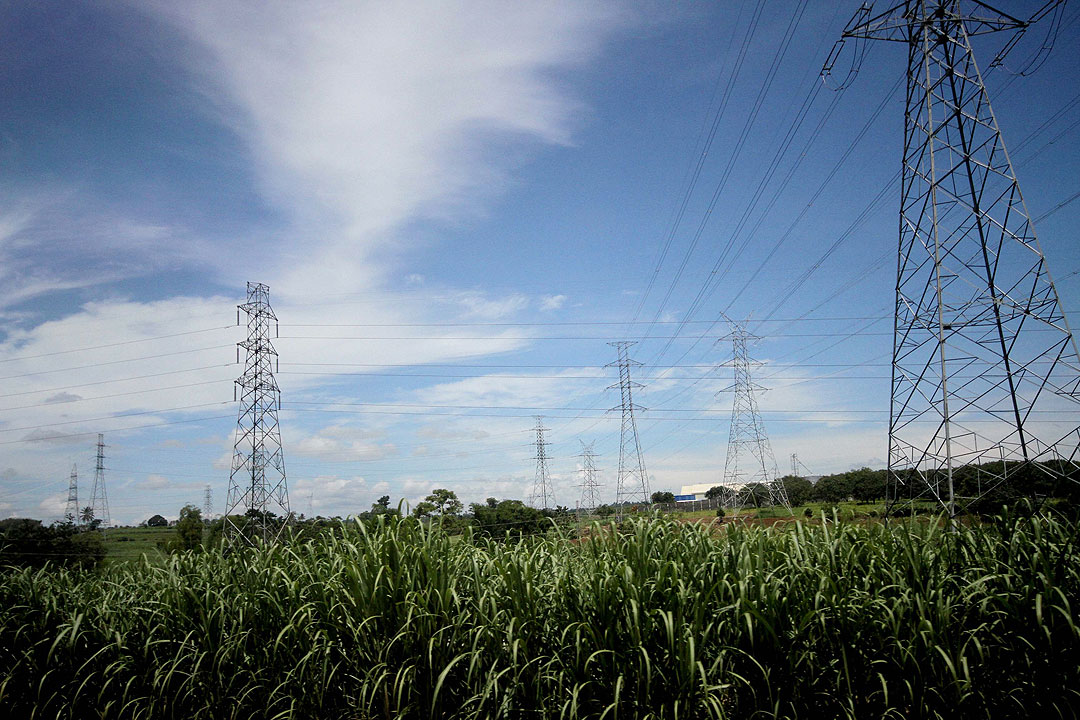
ENTITIES within a contiguous area whose electricity demand peaked at a total monthly average of at least 500 kilowatts (kW) for the past year can group together and enjoy lower power rates starting on Dec. 26, 2022, when retail aggregation rules take effect.
Agnes VST Devanadera, chairperson and chief executive officer of the Energy Regulatory Commission (ERC), said in a statement on Thursday that the government’s program for retail electricity aggregation is to have its pilot run on June 24.
As of April 2022, contestable customers — or those whose monthly average consumption reached the required threshold — benefited from a lower weighted average power generation rate of P4.05 per kilowatt-hour, which is lower than what residential customers in Metro Manila are set to pay this month.
“[W]e hope that the electricity consumers will be more enlightened about the benefits of retail aggregation which ultimately is for the consumers to have the power to choose from among the electricity suppliers that offer better rates and better services,” Ms. Devanadera said to announce the pilot implementation.
The initial run is a partnership between the University of the Philippines’ Diliman campus and the country’s largest electricity distributor Manila Electric Co. They are set to sign a memorandum of understanding for the initiative.
Their partnership is the latest development in advancing the rules on retail competition and open access (RCOA), which aims to lower power rates as retail electric suppliers (RES) sign up contestable customers by offering competitive rates.
Rates offered by a RES to contestable customers are not subject to government regulation, thus the contracting parties can arrive at agreed terms.
The ERC said a total of 1,897 contestable customers with a total demand of 3,924.53 megawatts are now enjoying lower rates in the retail market.
The rules for retail aggregation seek to establish standardized procedures governing the collective electricity requirements of end users in a so-called competitive retail electricity market (CREM). They also prescribe and clarify the requirements, conditions, eligibility, qualifications, and disqualifications of participants in the aggregation program.
Ms. Devanadera said the program is “another means of empowering consumers to exercise their freedom of choice.”
Under the aggregation program, two or more electricity end users or all end users within a contiguous area can join together and be treated as a single contestable customer.
The aggregation of end users may be allowed within the geographical boundaries of any of the following: subdivisions, villages, business districts, special economic zones, condominium buildings, commercial establishments such as malls, and mixed-used development complexes.
It is also applicable to other geographical areas, where similarly situated end users are located, in which the supply of electricity can be measured through metering devices.
Persons or entities engaged in consolidating the power requirements of end users for purchasing and reselling electricity on a group basis are required to secure a RES license. — Victor V. Saulon
For all the latest Business News Click Here
For the latest news and updates, follow us on Google News.

